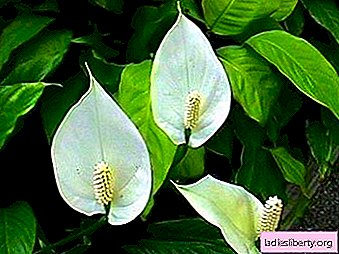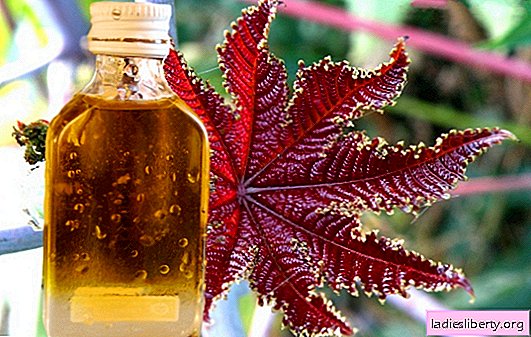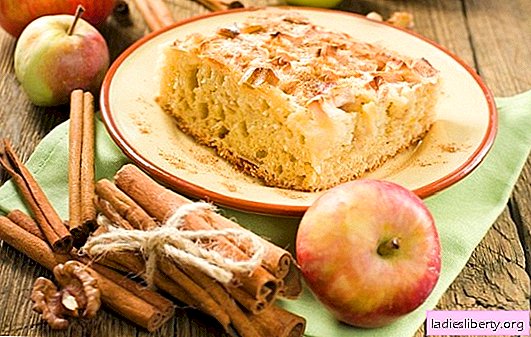
Spathiphyllum (Spathiphyllum) is a genus of perennials from the aroid family, some of which are popular houseplants. In nature, it is a perennial evergreen that grows in South America, East Asia, Polynesia.
In total, 36 species of this representative of the flora are known. Its main decorative species suitable for cultivation in greenhouses or indoor conditions include canniferous spathiphyllum, abundantly blooming spathiphyllum, heliconielifiable spathiphyllum, Wallis spathiphyllum.
Spathiphyllum - growing and care
Spathiphyllum is considered a photophilous plant, however, it feels great in partial shade and even in the shade. The best place to place it is the north side. However, when chopping the leaves, or stretching them, you should provide the flower with more intense lighting.
In addition, this plant loves warmth and can be successfully bred only by providing a temperature of at least 18 ° C, and ideally 22 ° C-23 ° C. This flower is very affected by drafts. To ensure repeated flowering, it is necessary to provide it for 2-3 months in a room where the temperature is not higher than 20 ° C and not lower than 16 ° C.
Proper watering is also essential for good plant growth and development. In spring and summer, when it blooms, watering should be plentiful, in winter - moderate, however, without overdrying an earthen coma. Watering should be done only with stagnant water (settling time of at least 12 hours).
In addition, spathiphyllum very gratefully perceive spraying, as they like high humidity. To ensure this, you can also use a pallet with wet moss or sand or the atmosphere of an aquarium. Whatever method you choose, it will be very useful for a flower that is a native of a humid climate. But you need to remember that during the period of winter rest, drier air will be useful for him.
In the period from spring to autumn, the plant should be fed once a week, using universal fertilizer or fertilizer for flowering plants. At other times, top dressing should be done no more than once every 2-3 weeks. Adequate top dressing in late winter or early spring is the second factor that determines whether a flower will bloom again.
In those few months when the plant blooms, one must not forget to cut off old inflorescences that have lost their decorative appearance. This activates the formation of new inflorescences and allows them to persist longer.
Spathiphyllum - transplantation and reproduction
Every year, the flower needs to be transplanted into a slightly larger pot. To do this, you need to take a mixture, which includes two parts of turf and taken in one part, leaf, peat, humus soil and one part of sand. Also, a little charcoal and brick chips should be added to this mixture and take care of good drainage. For transplanting, you do not need to take a pot, which is much larger than the previous one, since in this case it will not bloom.
If you notice that after the transplant, the leaves will begin to fade, then you should start to spray it abundantly, several times a day.
The plant is propagated by division and seeds (the first method is used more often). After rooting, plants need to be planted in pots with a diameter of about 9 cm in an earthen mixture consisting of leaf and peat soil taken in one part, as well as turf land and sand taken in 1/2 part.
When transplanting and propagating by division, damage to the roots, which can lead to wilting of the plant, should be avoided. After transplanting, the plant needs abundant watering and spraying.
Spathiphyllum - possible diseases and pests
If the plant is not properly looked after, then various problems may arise in its growth and development. For example, with excessive moisture, dry brownish-yellow spots appear on the leaves, or they will
blacken and dry around the edges.
If the spathiphyllum does not bloom, then most likely the pot is too spacious for it. For flowering, it is necessary that the roots fill the entire container in which it is contained.
Poor plant growth can be caused by excessive light and waterlogging of the earth coma, leading to problems with the root system.
With a weakening of the plant or insufficient air humidity, parasites can settle on it. One of its main pests is shield aphid, which sucks the juice from plants. Dark spots on the shoots and leaves of the plant will tell about its appearance.
Also, spathiphyllum can be exposed to a spider mite. It is almost invisible to the naked eye, but its presence can be guessed by the thin whitish cobweb that appears between the leaves.
To destroy pests, the plant is sprayed with ready-made systemic insecticides or its leaves are washed with a weak tobacco infusion with soap. You can pollinate the flower with ground sulfur, but this should only be done outside the living room. 2-3 hours after processing the plant, its leaves should be washed with warm water.
We found that most of all this plant suffers from the drying of an earthen coma, too low temperature in the room where the flower is contained, and direct sunlight. If you observe the main conditions for growing spathiphyllum, then he will answer you with abundant flowering and beautiful appearance that will decorate any room.
Comments











